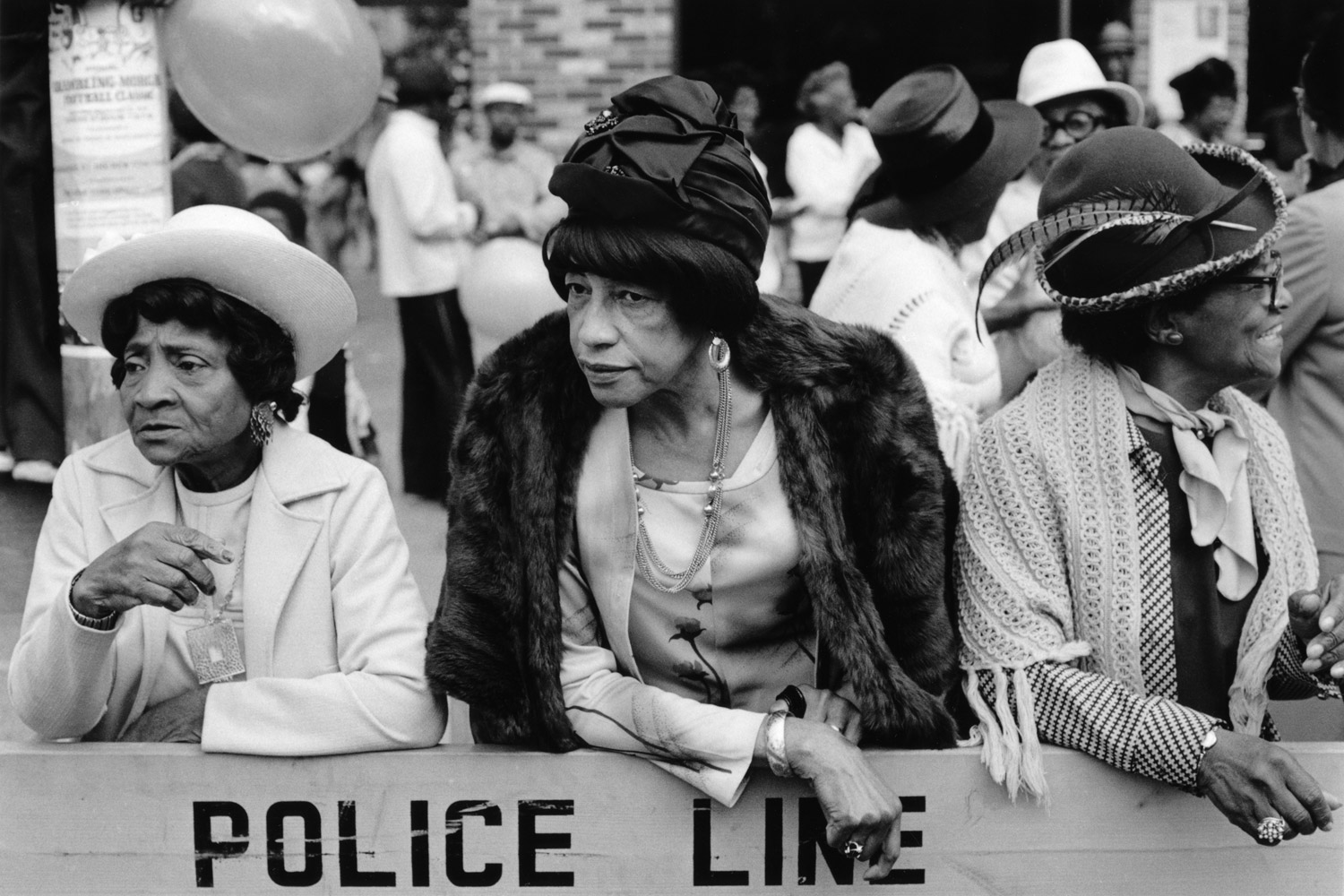
Present-day Chicago is not Harlem in 1979. Present-day Harlem isn’t even Harlem in 1979. But at the Art Institute of Chicago’s new exhibition Dawoud Bey: Harlem USA, some things have stayed the same. The show comprises the 25 original prints from Bey’s noteworthy 1979 exhibition of the series at the Studio Museum in Harlem, plus five previously unpublished prints from the same era.
The impetus for Harlem USA, which was made throughout the 1970s, was Bey’s visit to the Harlem on my Mind show at New York City’s Metropolitan Museum of Art in 1969; it took him ten years to start and finish the work. And although the images in the show don’t superficially resemble Bey’s later work—they are small, made with a handheld 35mm camera, impromptu and monochromatic, unlike the later work seen at right—the photographer says that the series contains the seeds of his later work. “They gave me my initial sense of how to engage people in front of the camera,” Bey told TIME in an email. “I first learned how to translate the physical experience of the human subject into compelling photographic form during the years I spent making pictures in Harlem.”
He is not the only one who sees the thread running through his work. Matthew Witkovsky, a curator at the Art Institute of Chicago, says that some artists show from their first work a strong sense of who they are and what they want to do. Bey, according to him, is one of those lucky people.
And Witkovsky says that the photographs, though they remain unchanged, are still fresh. “[Bey] managed to take that ability that cameras have to give you total specificity and imbue it with some kind of other-time-other-place quality,” he says, pointing out an example: in Bey’s picture of a boy outside a movie theater, seen at left, the clothes are quintessential 1970s but the pose is a classic contrapposto. “It’ll always be timely,” says Witkovsky, “because it’s a little bit out of time.”
Bey, who now lives in Chicago, says the photographs themselves are not the only constant. “My feelings about the work haven’t really changed,” he says. “I am still concerned with trying to make resonant photographs of ordinary people.”
Dawoud Bey is a Chicago-based photographer and professor. See more of his work here.
Dawoud Bey: Harlem USA will be on view at the Art Institute of Chicago from May 2 – Sept. 9. The Renaissance Society in Chicago will also present a retrospective of his work, entitled Picturing People, which includes the later work featured in this post, from May 13 – June 24.
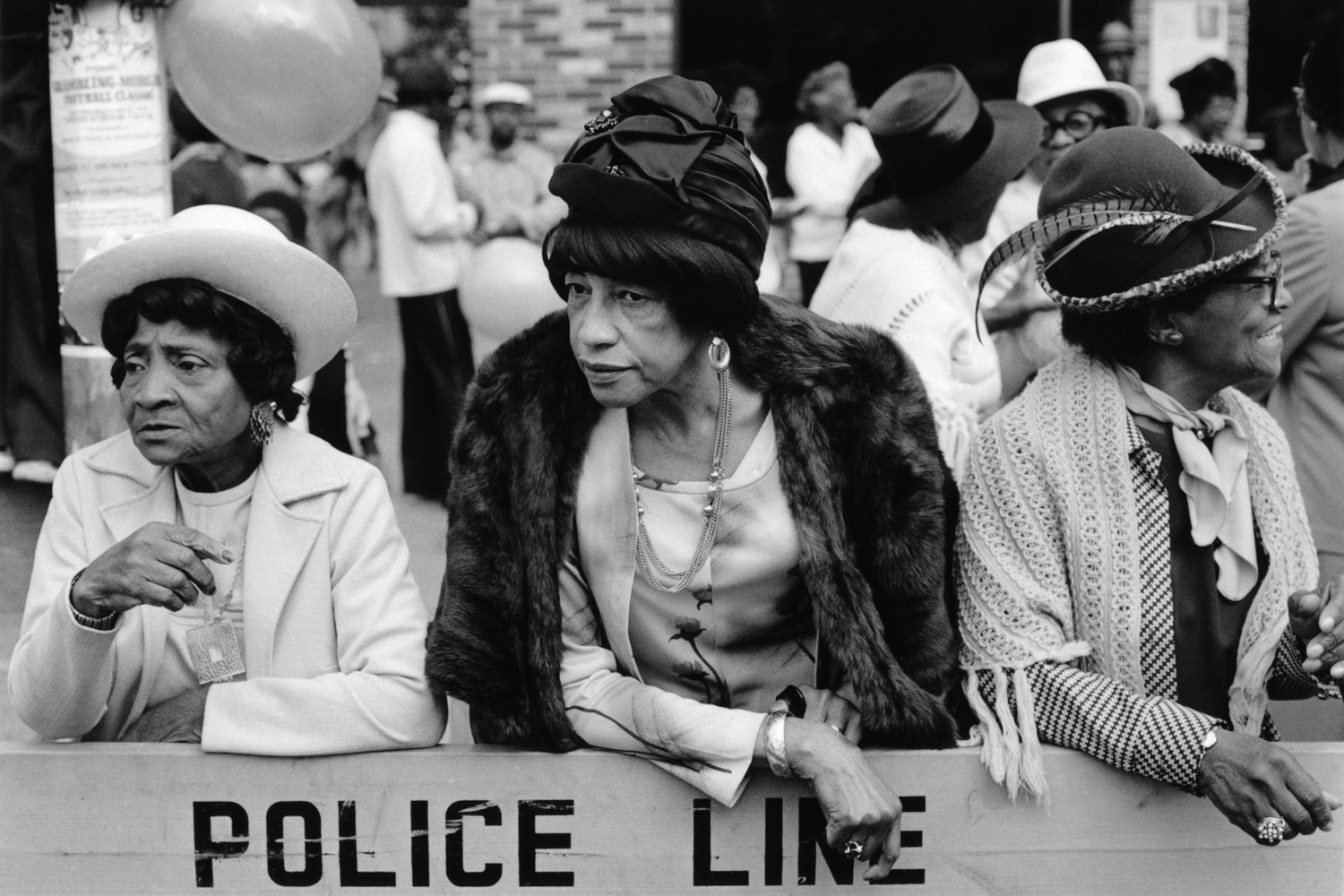
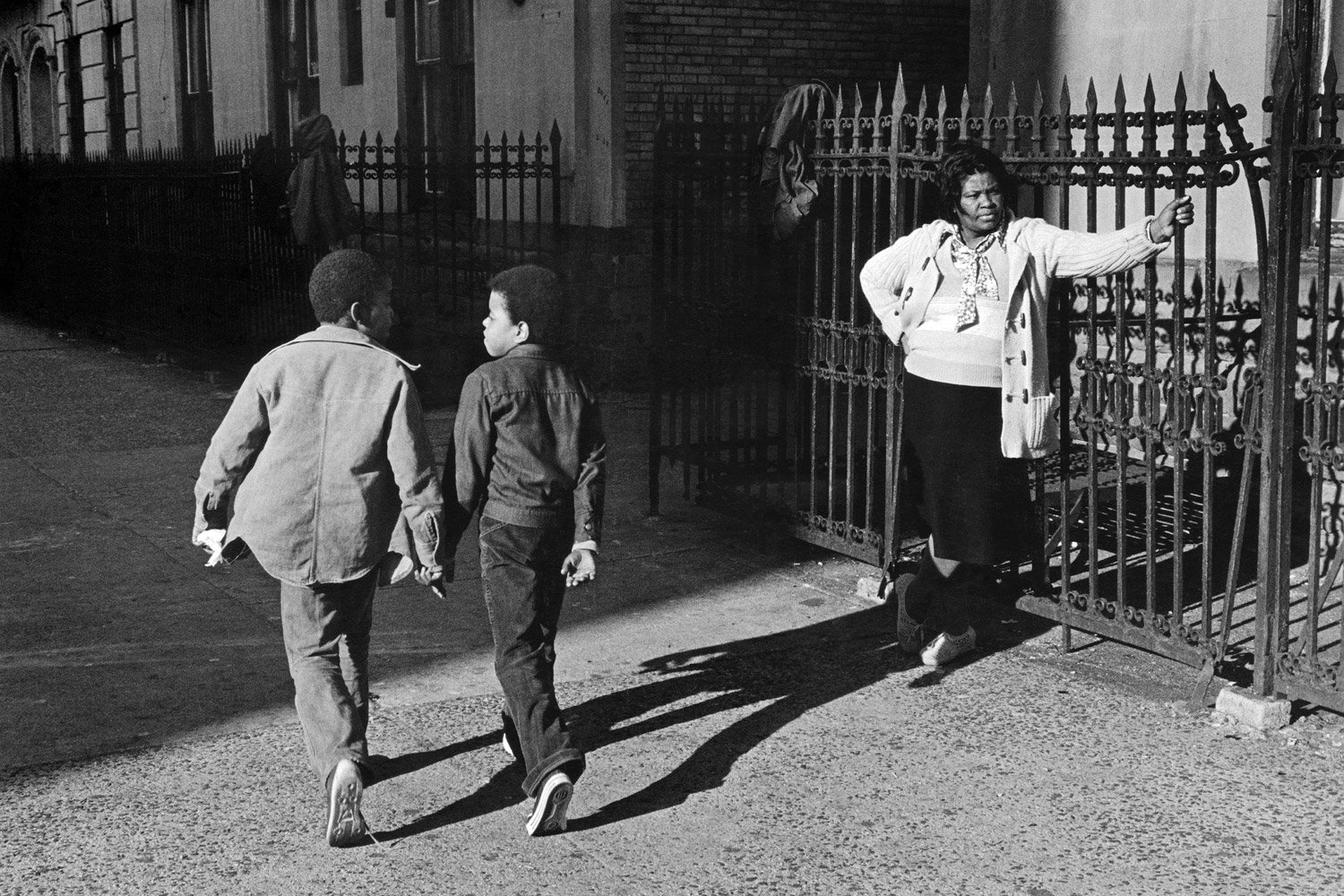
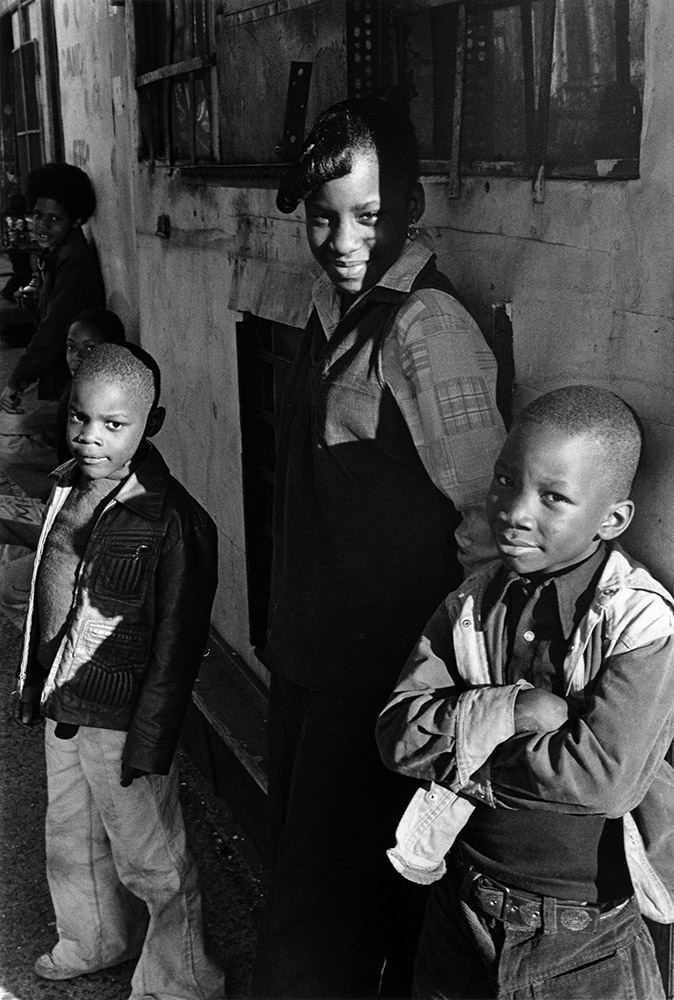
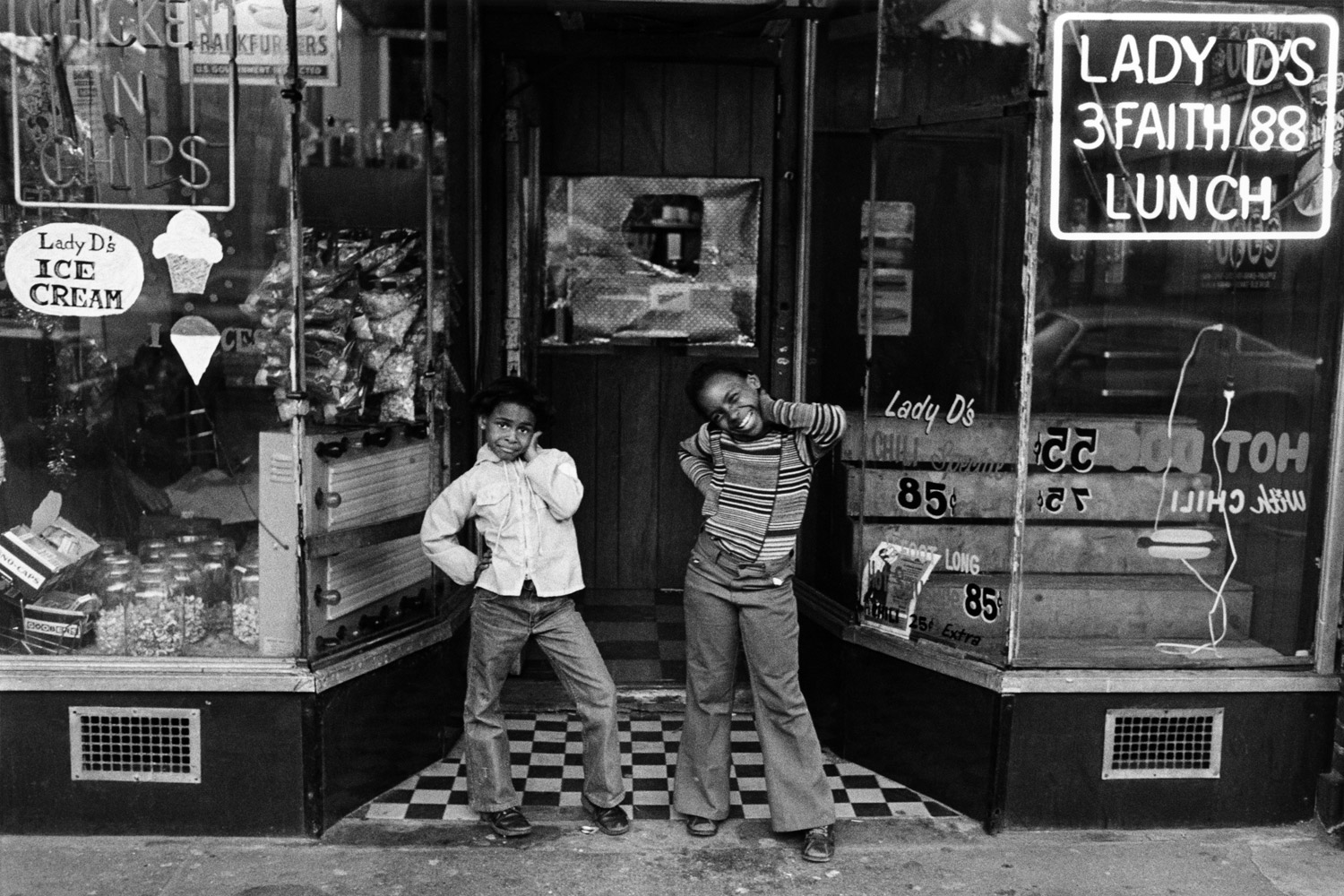
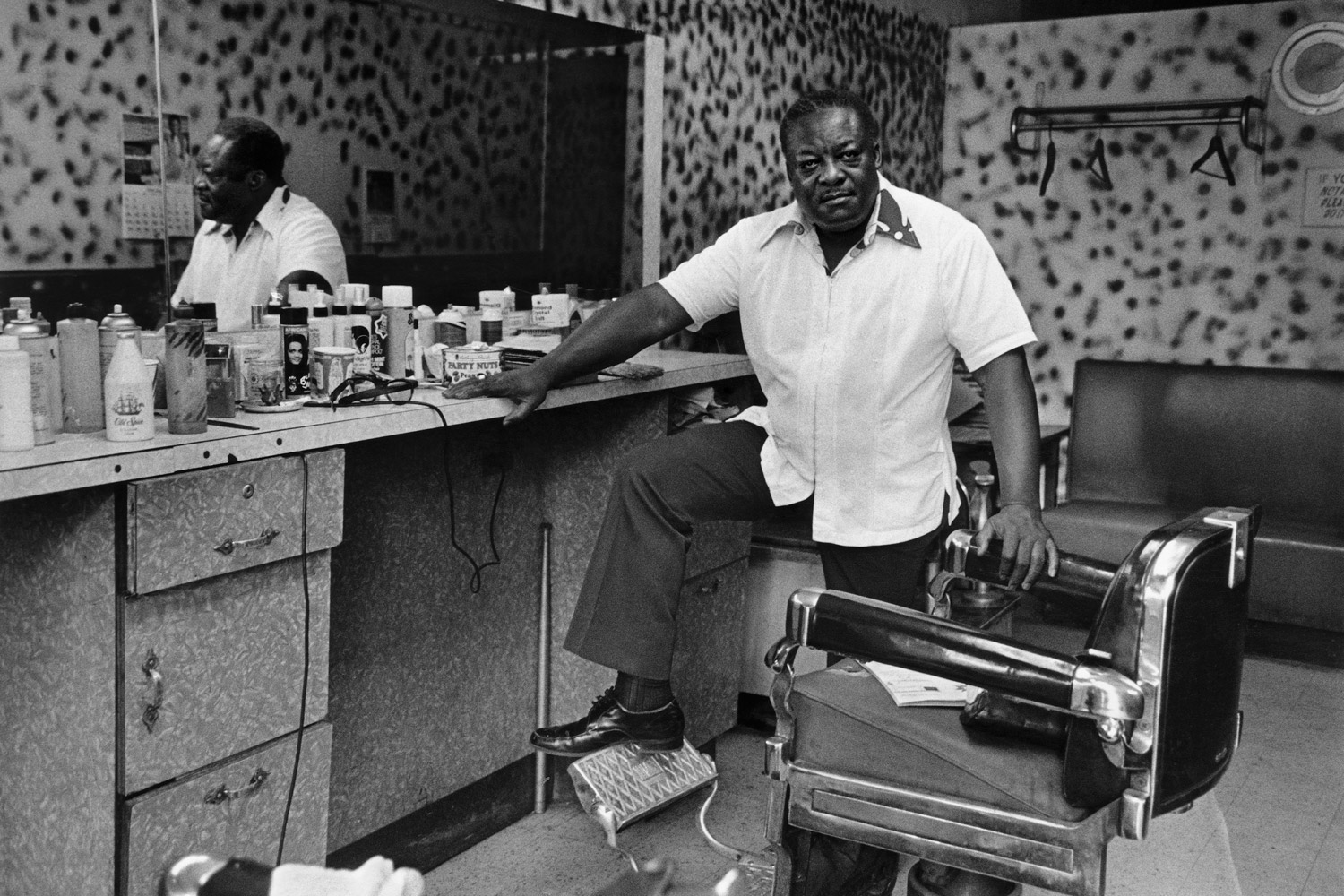
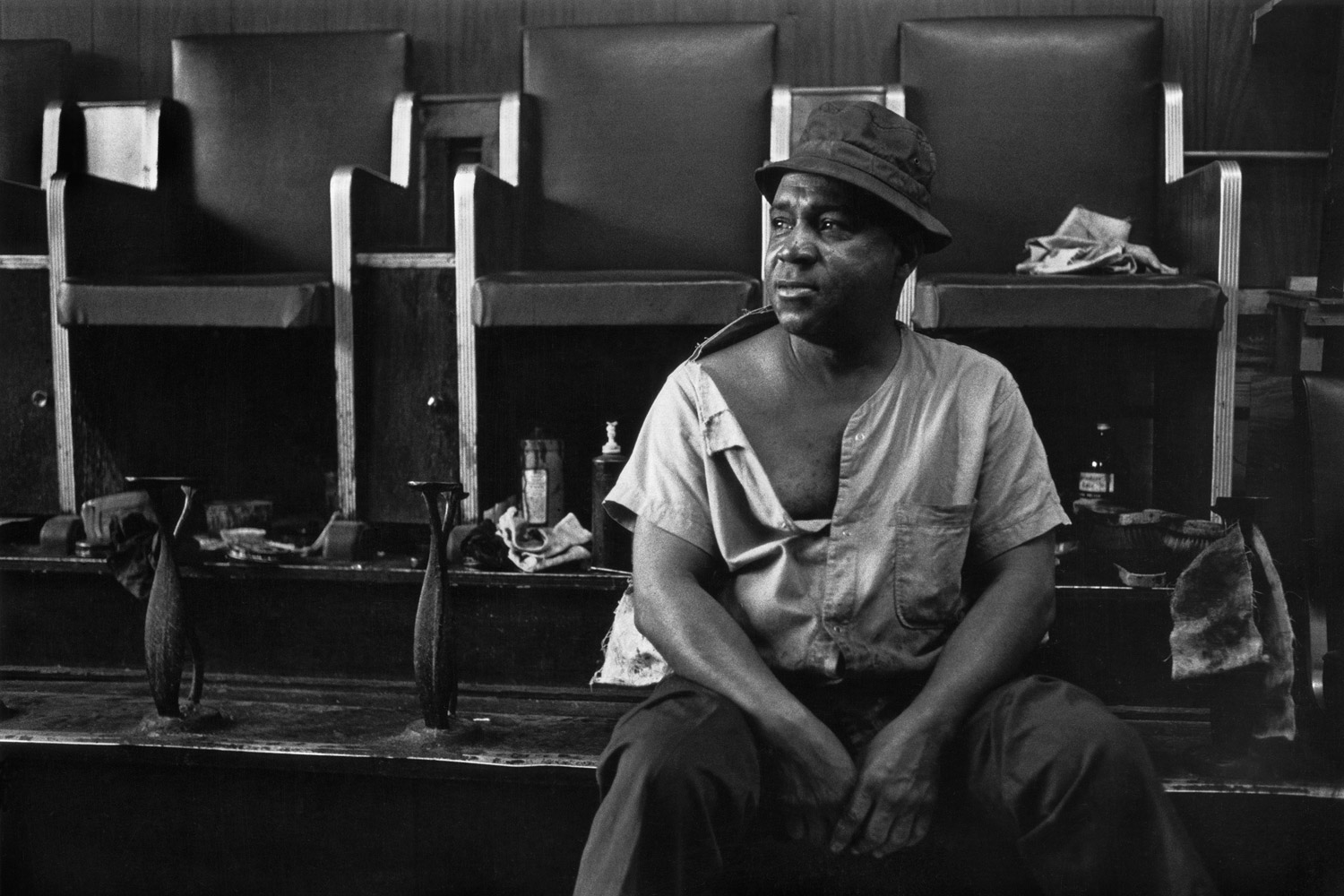
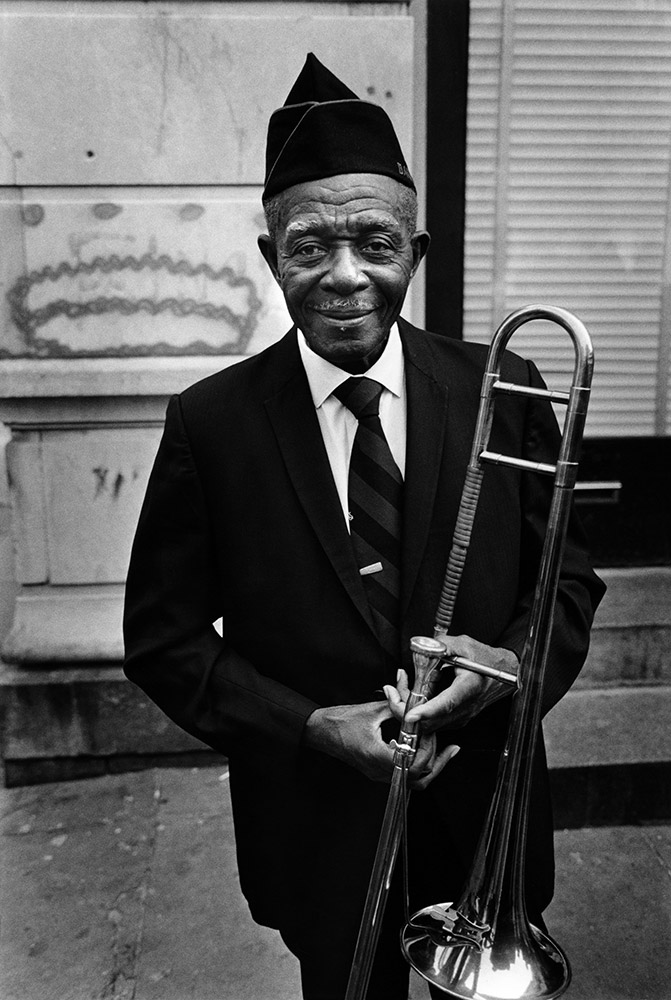

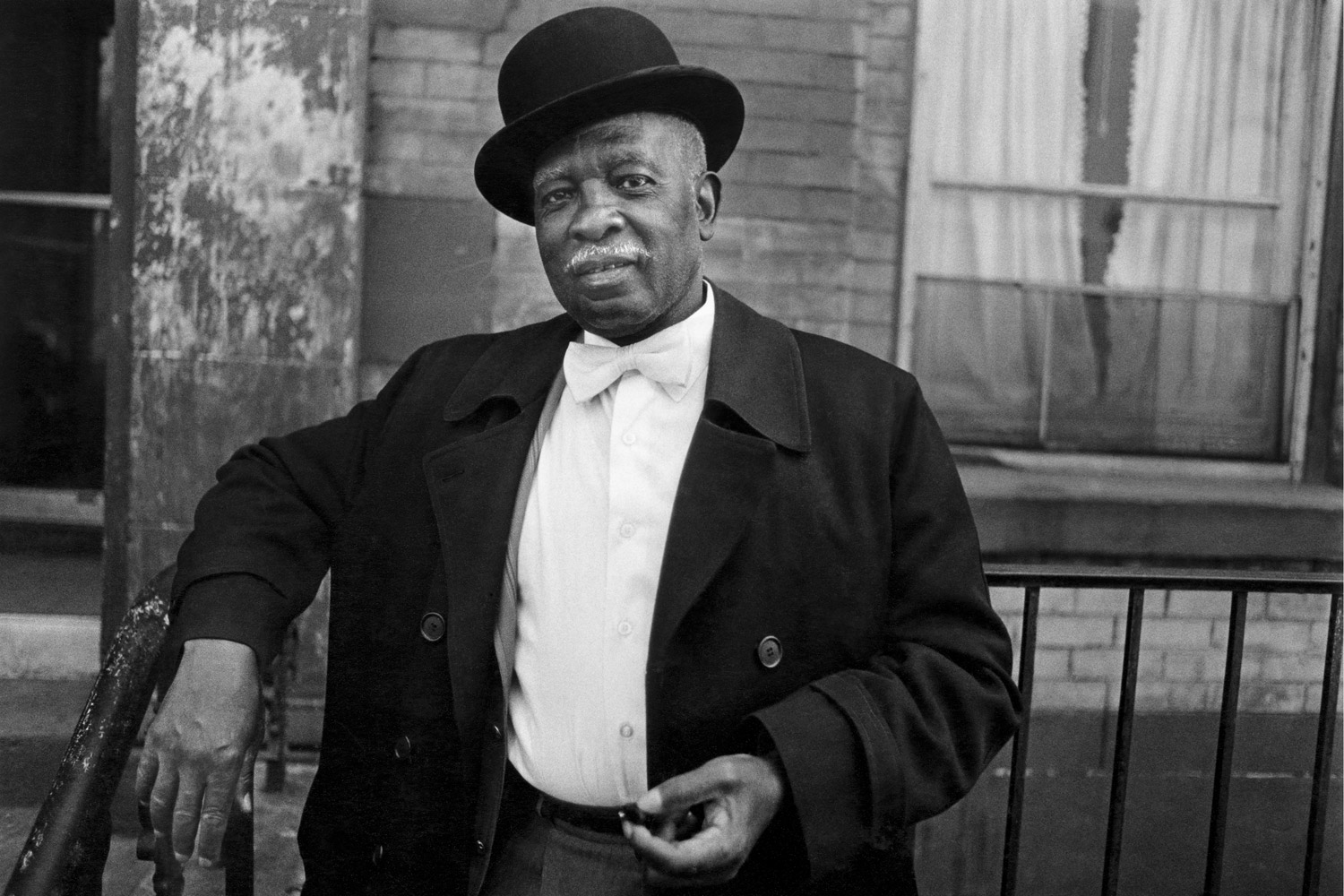
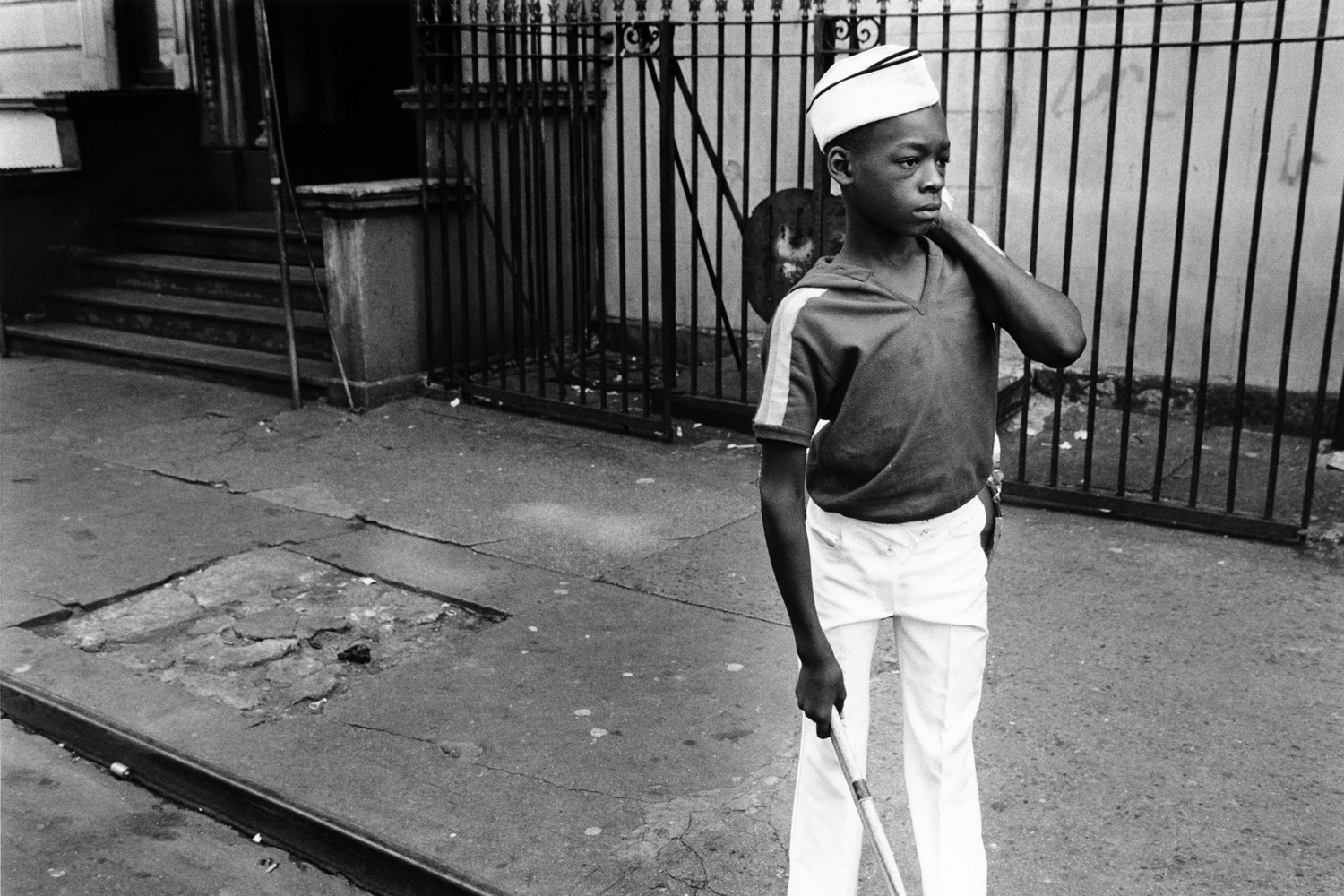
More Must-Reads From TIME
- The 100 Most Influential People of 2024
- How Far Trump Would Go
- Scenes From Pro-Palestinian Encampments Across U.S. Universities
- Saving Seconds Is Better Than Hours
- Why Your Breakfast Should Start with a Vegetable
- 6 Compliments That Land Every Time
- Welcome to the Golden Age of Ryan Gosling
- Want Weekly Recs on What to Watch, Read, and More? Sign Up for Worth Your Time
Write to Lily Rothman at lily.rothman@time.com